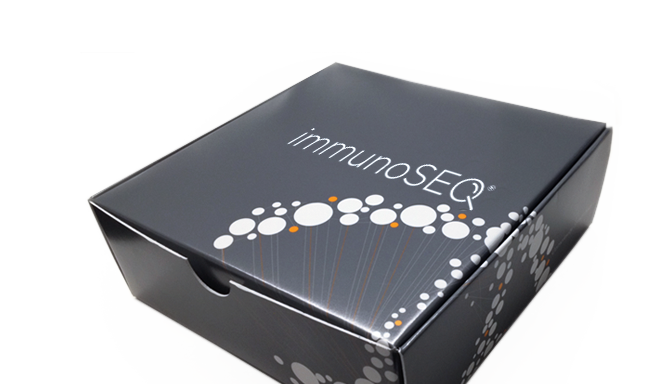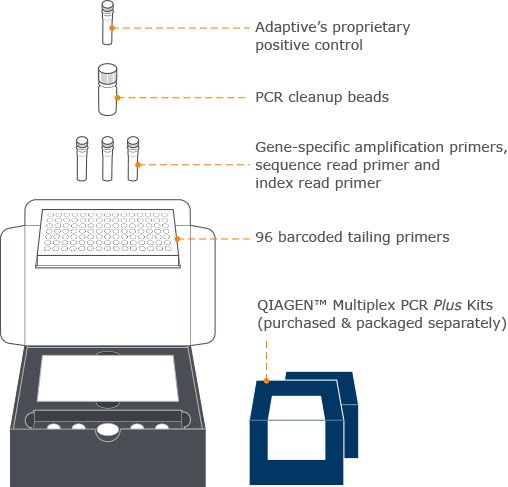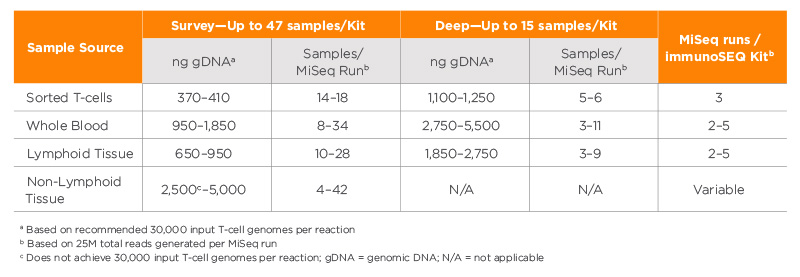NEW MOUSE TCRB KIT
___
Immunosequencing in your lab.
Control: You determine where and when samples are sequenced
Consistency: High accuracy and reproducibility
Customization: Flexibility in experimental design
Convenience: Only 5 hours of hands-on time
You can now quantitatively profile mouse T-cell receptors in your own lab with groundbreaking sensitivity, accuracy and specificity.
- Institutions were blinded to the same set of synthetic TCRB analogs
- TCRB libraries prepared using the immunoSEQ mmTCRB Kit and sequenced on an Illumina® MiSeq
- Frequency of synthetic templates were compared between institutions (R2 = 0.97 – 0.99).
Reproducible, Quantitative Results
____
With proven lab-to-lab consistency you can assay the mouse adaptive immune system with confidence.
A BLINDED COMPARISON BETWEEN TWO INSTITUIONS
- Institutions prepared two independent survey level (~60,000 T cells) libraries using immunoSEQ mmTCRB Kit
- T cells derived from mouse T cell-line, HT-2 clone A5E
- immunoSEQ mmTCRB Assay reproducibly identified clones across institutions that are present at a clone frequency >0.01%


Sensitivity of immunoSEQ mmTCRB Kit:
For Research Use Only. Not for use in diagnostic procedures.
READY TO MOVE FORWARD?
____
Learn how immunoSEQ Assays can advance your research.
CALL US AT 855-466-8667
 Find your local Account Executive
Find your local Account Executive


See how researchers are using immunosequencing in their mouse-model projects.
EXPLORE APPLICATIONS
Basic immunology | Autoimmunity
Hematology & Oncology | Infectious Disease

Flexible Sample Throughput
____


What's in the Kit
____
The immunoSEQ Kit contains everything you need to create sequencer-ready libraries:
What Will You Discover?
____
Investigate a broad range of experimental questions to better understand any immune-mediated disease.
Easy-to-Use Analysis Tools
____




